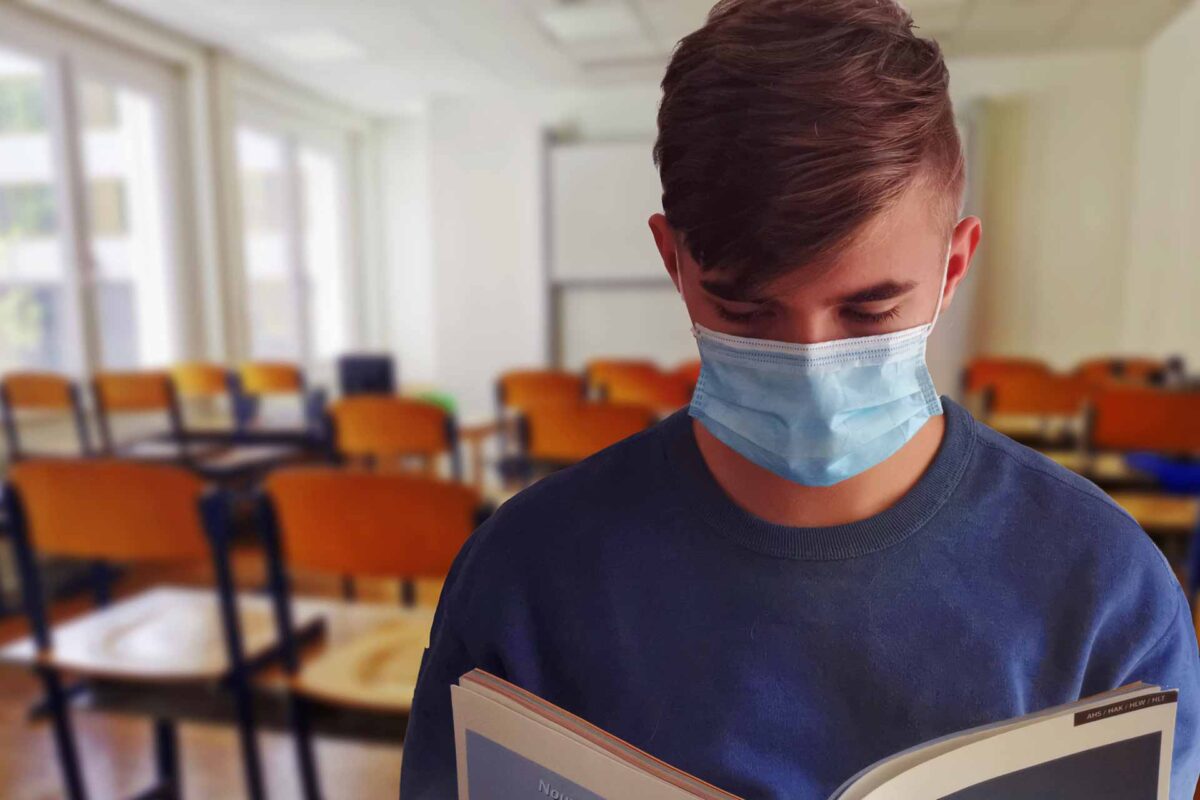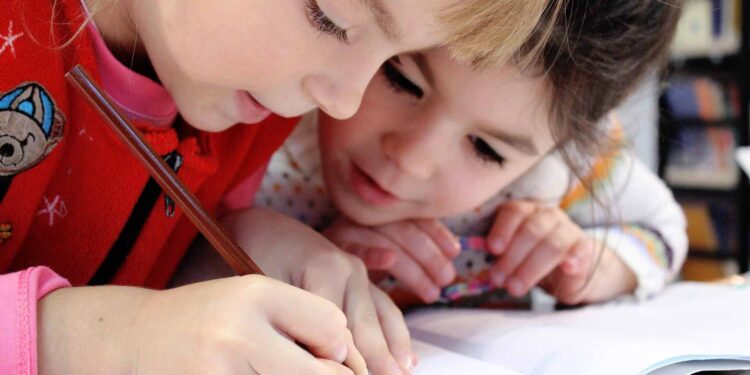In the case of an infectious disease pandemic, EU researchers suggest closing schools could cut down transmission rates by up to 21%. This is the result of a mathematical modelling study by EU-funded researchers now published in the journal BioMed Central (BMC) Infectious Diseases.
Part of the funding for this research came out of the POLYMOD (‘Improving public health policy in Europe through modelling and economic evaluation of interventions for the control of infectious diseases’) project, which received financial support from the European Commission under the ‘Research for policy support’ Theme of the Sixth Framework Programme (FP6).
CLOSED schools cut down transmission rates up to 21%
‘If we can assume that school closure in a pandemic situation resembles school closure during holiday periods, then our results show that such a strategy would have significant impact on disease transmission, of about 21%,’ the authors say. ‘Of course, this is a conservative estimate as, during a pandemic, typical weekend activities with a strong social component such as team sports and cultural outings may not take place. On the other hand, the expected large macroeconomic costs of school closures would have to be balanced against these benefits.’
Erasmus Student Exchanges Programme in the time of Coronavirus

‘Mathematical models of how infectious diseases spread from person to person through those close contacts rely on assumptions regarding the underlying transmission process,’ adds the lead author of the study, Dr Niel Hens of the universities of Hasselt and Antwerp in Belgium. ‘One of these assumptions is that school closure will result in reduced exposure for children. Until now, however, the exact impact of this measure has not been proven.’
EU survey on Education to fight pandemic
Frequently, scientists tend to summarise the assumptions made on the underlying transmission processes in a so-called ‘Who acquires infection from whom’ (WAIFW) matrix. Dr Hens and colleagues, however, based their analysis on a large-scale social contact survey in eight European countries (Belgium, England and Wales, Finland, Germany, Italy, Luxemburg, Poland and the Netherlands) to reveal how basic reproduction numbers of an infection change from weekdays to weekend and holiday periods.

Their study indicates that social contacts go down by about 10% when schools are closed. Also, social mixing patterns are different on weekdays versus weekends: during the week, same-age mixing is obviously more frequent, while between-generation mixing is prevalent on weekends.
‘Children are important spreaders of many close-contact pathogens due to their frequent and intimate social contacts, their general hygiene, and perhaps their increased shedding,’ explains Dr Hens. ‘The reduced opportunity for contact we describe here would be a great benefit in a pandemic situation.’















